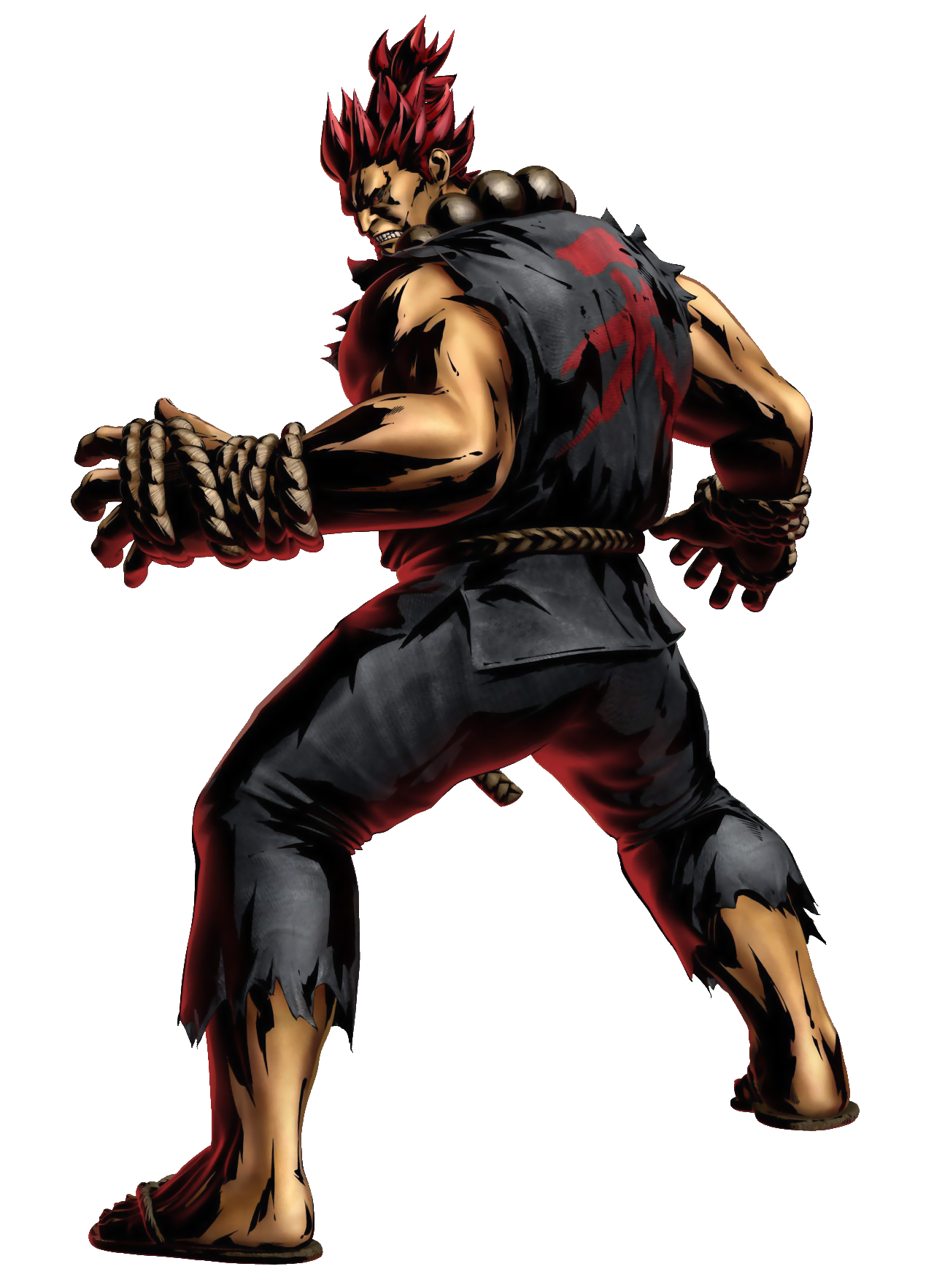
And Street Fighter 5's contemporaries made it look so vanilla: Mortal Kombat had it lavish story mode, Guilty Gear had its remarkable 3D anime models. At first it pleased no one: Some players raged over the missing arcade mode, others lambasted the pitifully simplistic "story" mode. Capcom spent years trying to recover from a botched game-as-a-service launch. Street Fighter 5 could still be exciting to watch in action, but I'd largely attribute that to the incredible players who throw down at events like EVO. The speed, the animation, the flashy ink Drive attacks-so many pieces of Street Fighter 6 are effectively giant arrows and neon lights for a pop off. Everyone in the room loses their goddamn mind.Ĭapcom can't manufacture those moments, but I think it is building Street Fighter 6 to look as exciting in motion as it can. The most legendary fighting game moment of all time doesn't end with a boring, well-executed punch: It ends with a flurry of superhuman parries and the screen exploding in flashes of orange light. Sure, fighting game players will love an ugly game if the mechanics feel just right, but the fighting game community thrives on hype. With this game, Capcom clearly understands how much style matters. I don't know if Capcom has been limited by its engines up to this point, or simply iterated on this visual language across Street Fighter 4, 5, and 6, but it's hard to overstate how expressive it looks this time around. It triggers the same "ooh, pretty lights" reaction I had as a kid when I'd land an Ultra in Street Fighter Alpha and the entire background would explode into an anime kaleidoscope.

Several of the Drive uses feel like direct descendants of the Focus attacks in Street Fighter 4, creating gorgeous splashes of colorful ink (or paint?) around your character as they strike.


 0 kommentar(er)
0 kommentar(er)
